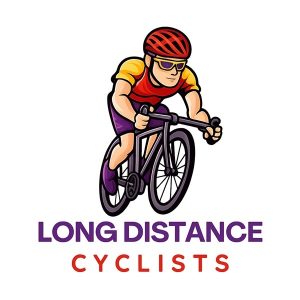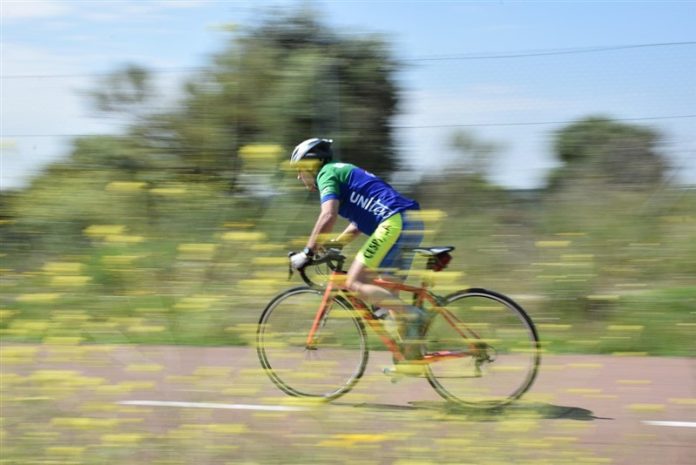Cycling is one of the most popular outdoor activities and forms of exercise worldwide, offering a blend of fitness, adventure, and sustainability. Whether you’re a beginner just starting out or an experienced rider aiming to beat personal records, understanding average cycling speeds can help you set realistic goals, measure progress, and enjoy the ride more confidently. In this guide, we break down the average cycling speeds for both new and experienced cyclists, discuss the many factors that influence these speeds, and provide tips to help you improve.
What is Considered an Average Cycling Speed?
Cycling speed can vary greatly depending on a variety of factors, including terrain, weather, bike type, fitness level, and experience. However, there are general benchmarks that most cyclists fall into, which can help you gauge your performance.
Typically:
- Beginner cyclists average between 10–14 miles per hour (16–22 kilometres per hour).
- Experienced cyclists often ride at speeds between 16–24 miles per hour (26–38 kilometres per hour).
These figures provide a helpful baseline but should be adapted depending on individual circumstances.
Average Cycling Speed for New Cyclists
If you’re new to cycling, it’s completely normal to start on the slower side. Early rides might feel challenging as your body adapts to the new physical demands, and you become comfortable balancing, shifting gears, and managing longer distances.
Typical Speeds for Beginners
Most beginner cyclists average speeds between 10 and 14 mph (16–22 kph) during casual rides on flat terrain. Factors such as fitness level, familiarity with the bike, and external conditions play a significant role in this range.
Factors That Impact Beginner Speeds
1. Fitness Level:
Beginners who already have a good level of cardiovascular fitness from other sports may find cycling easier and faster from the start.
2. Bike Type:
Heavy mountain bikes or hybrid bikes tend to be slower on paved surfaces compared to lightweight road bikes.
3. Route Difficulty:
Riding uphill, into strong winds, or on rough surfaces will naturally decrease your speed, especially when starting out.
4. Technical Skills:
Handling skills, such as efficient gear shifting and cornering, can take time to develop but have a direct impact on average speed.
Average Cycling Speed for Experienced Cyclists
Once a cyclist becomes more seasoned, average speeds tend to increase noticeably. Greater fitness, technical skill, and familiarity with different road and trail conditions allow experienced cyclists to maintain higher speeds over longer distances.
Typical Speeds for Experienced Riders
- Casual Experienced Cyclists: 16–18 mph (26–29 kph)
- Club or Group Riders: 18–22 mph (29–35 kph)
- Competitive or Semi-Pro Riders: 22–28 mph (35–45 kph)
These speeds assume good riding conditions, such as moderate weather, smooth roads, and well-maintained equipment.
Factors That Impact Experienced Rider Speeds
1. Training Volume:
Riders who train several times per week build stronger aerobic bases, increasing average speed.
2. Aerodynamics:
Experienced riders often invest in more aerodynamic bikes, clothing, and riding positions to reduce drag and ride faster.
3. Group Riding:
Drafting behind others in a group ride can dramatically improve speeds by 20% or more compared to riding solo.
4. Terrain and Conditions:
Even experienced cyclists will slow down when tackling steep climbs, rough trails, or severe weather.
Table: Average Cycling Speeds by Experience Level
| Rider Type | Average Speed (mph) | Average Speed (kph) |
|---|---|---|
| Beginner | 10–14 mph | 16–22 kph |
| Casual Experienced Rider | 16–18 mph | 26–29 kph |
| Club or Group Rider | 18–22 mph | 29–35 kph |
| Competitive Rider | 22–28 mph | 35–45 kph |
How to Improve Your Cycling Speed
Improving your average cycling speed doesn’t happen overnight, but a good training plan and consistent effort can lead to noticeable gains. Here are several practical tips to help you ride faster:
1. Build a Strong Aerobic Base
Endurance is key in cycling. Longer, steady rides at a moderate pace help strengthen your cardiovascular system, making it easier to ride faster over time.
2. Incorporate Interval Training
High-intensity interval training (HIIT) can be a game-changer. Short bursts of maximum effort followed by recovery periods teach your body to handle higher speeds more efficiently.
3. Optimise Your Bike Setup
A properly fitted bike can significantly improve comfort and power output. Visit a professional bike fitter to ensure your position promotes both efficiency and injury prevention.
4. Invest in Better Equipment
Lightweight, aerodynamic bikes and wheels, properly maintained drivetrains, and high-quality tires with low rolling resistance can all help boost your speed.
5. Improve Your Technique
Efficient gear shifting, smoother pedaling, and strategic drafting in groups can make a big difference in maintaining higher average speeds with less energy output.
The Impact of Terrain and Weather
Understanding how external conditions affect your cycling speed is crucial for setting realistic expectations.
1. Hills and Elevation
Climbing hills will naturally reduce your average speed. The steeper the incline, the slower you’ll go, even if you’re an experienced rider.
2. Wind
Headwinds are among the most significant external challenges for cyclists. Conversely, a strong tailwind can make for a much faster ride.
3. Surface Quality
Smooth, paved roads allow for higher speeds compared to gravel, dirt, or rough trails, where more effort is required to maintain momentum.
Setting Realistic Speed Goals
When setting goals based on cycling speed, it’s important to take a holistic view:
- If you’re a beginner, aim first for consistency and gradual improvement rather than focusing purely on speed.
- Experienced cyclists can set progressive time or distance goals, focusing on specific improvements such as climbing speed or time-trial performance.
- Always consider factors such as safety, enjoyment, and recovery to maintain a healthy, sustainable cycling practice.
Summary
Average cycling speed varies widely depending on a cyclist’s experience, fitness level, and the riding environment. New cyclists typically ride at speeds between 10 and 14 mph, while experienced riders often cruise comfortably at 16 to 24 mph.
Numerous factors, from terrain to equipment and group dynamics, influence these numbers. By focusing on gradual improvements, smart training, and proper bike maintenance, cyclists at every level can enjoy the journey of getting faster over time.
Remember, speed is just one measure of cycling success — the real reward lies in the freedom, fitness, and adventure cycling brings to your life.















